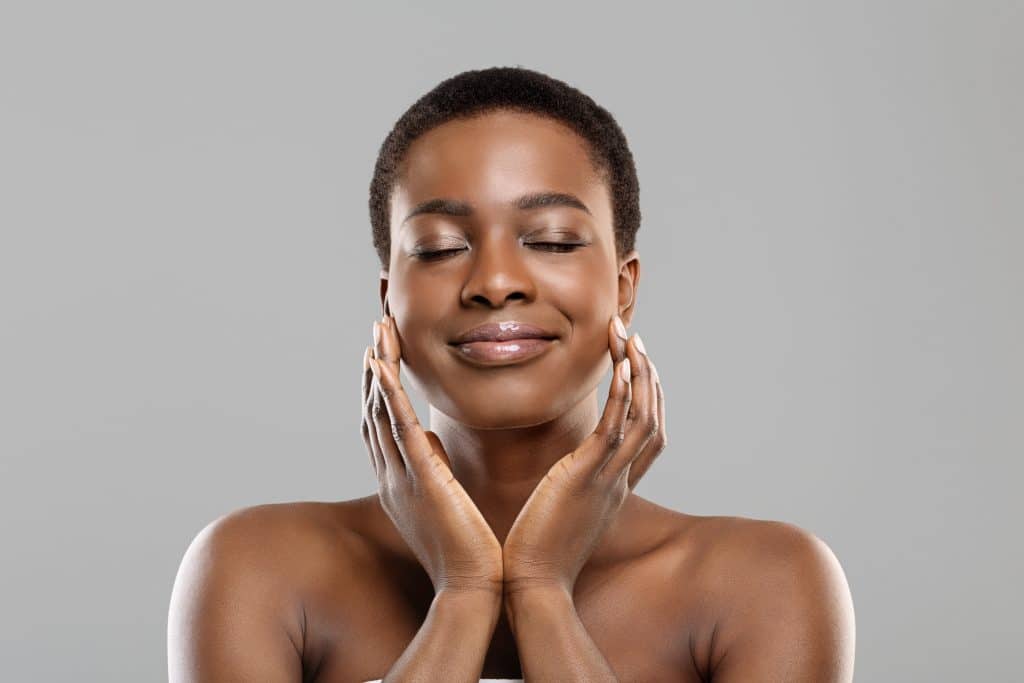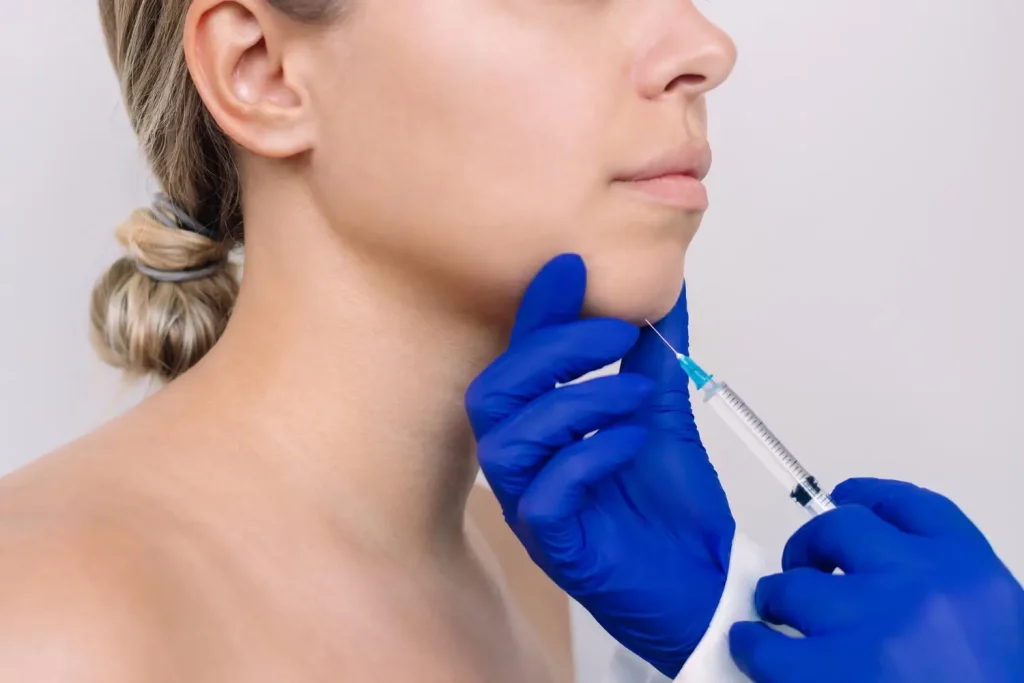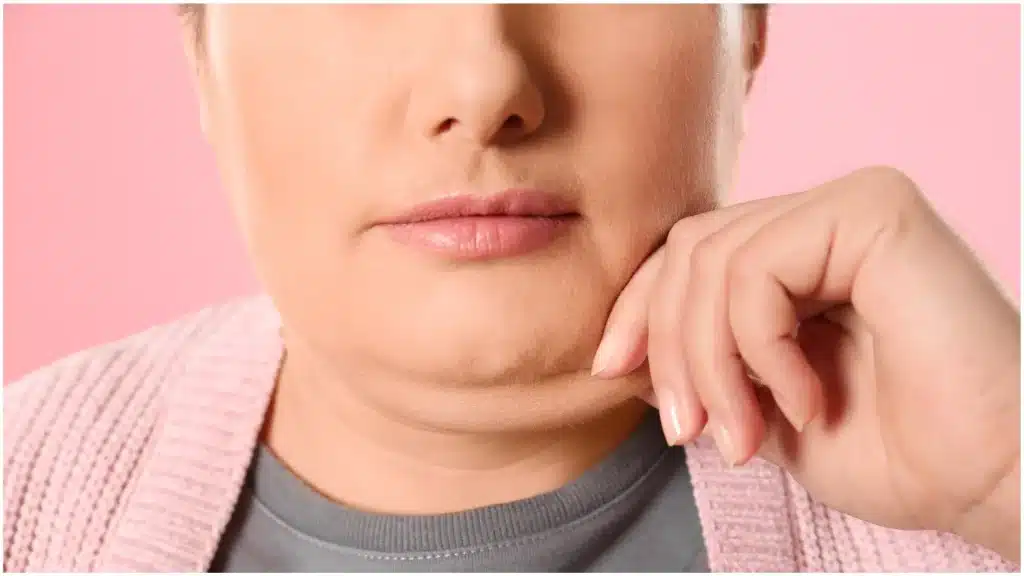Botox injections are extremely popular among patients of medical spas, and the number of procedures that include their application is growing every year. However, besides the precision of botulinum toxin injections and the science behind the products, the journey to stunning results continues long after the procedure.
Patients need to receive clear Botox aftercare instructions from their doctors and understand and follow them effectively. In this article, we gathered some general guidelines that can help optimize the results of the Botox treatment and reduce the likelihood of complications during the crucial recovery period.
Immediate Post-Treatment Guidelines
The immediate post-treatment period is pivotal for the patients, so here are some prompt post-Botox instructions to ensure a smooth start and to prevent the Botox from migrating to other areas of the face:
- Patients must maintain an upright or slightly elevated head position for at least four hours after the procedure. Caution them to avoid laying completely flat or bending over excessively.
- Encourage patients to take it easy on the active movements.
- Warn them from touching, rubbing, or massaging the treated area.
Dos And Don’ts After Botox Injections: First 2 Days
Here’s a list of what patients should and should not do during this critical period:
Dos (What to do after Botox):
- Adhere to any post-treatment instructions provided by the healthcare provider;
- Maintain good hygiene by gently cleansing the face with a mild, non-abrasive cleanser. Avoid using harsh or abrasive skincare products during this time;
- Apply daily broad-spectrum sunscreen with a high SPF factor (at least 30) to the treated area before going outdoors;
- Drink a lot of water to keep the skin healthy and hydrated to support skin recovery and overall well-being.
Don’ts (What Patients Should Avoid):
- Refrain from touching, massaging, or rubbing the treated areas;
- Avoid active exercises, intense workouts, and heavy lifting;
- For at least 24 hours post-treatment, refrain from consuming alcohol, as drinking after Botox can dehydrate the skin and affect its appearance;
- Do not apply makeup to the treated areas, as the makeup products can introduce bacteria or irritants to the injection sites.
- If possible, avoid blood-thinning medications or supplements for a few days before and after the procedure to reduce the risk of Botox bruising;
- Skip facials, chemical peels, microdermabrasion, or other facial treatments for at least one week after receiving Botox injections;
- Avoid over-the-counter pain relievers like aspirin, ibuprofen, or naproxen, and consult with the healthcare provider before taking any medications.
Long-Term Care
Long-term Botox aftercare extends beyond the initial two days post-treatment and is important in maintaining results and optimizing the procedure’s benefits. Below are some recommendations for the patients during this period:
- Continue maintaining a consistent skincare routine that includes cleansing, moisturizing, and sun protection;
- Use sunscreen with at least SPF 30 every morning, even on cloudy days;
- Stay well-hydrated;
- Avoid smoking, as it accelerates the aging process and negatively impacts the skin’s appearance;
- Maintain a balanced diet rich in antioxidants, vitamins, and minerals; consume plenty of fruits, vegetables, and foods high in essential nutrients.
- Regular physical activity can improve circulation, which can benefit skin health. Engage in regular exercise to support overall well-being.
- Practice stress management techniques, such as meditation, deep breathing exercises, or yoga, to reduce tension and promote skin health.
Doctors must also schedule follow-up appointments with the patient to assess their results and make necessary adjustments.
Tailoring Aftercare for Botox to Individual Patients
Every patient’s journey with Botox is unique, and their aftercare plan should be, too. Factors such as skin type, age, lifestyle, and treatment goals all shape the aftercare plan. Take the time to understand each patient’s specific needs and concerns.
Consider the patient’s skin type when developing an aftercare plan. For example, those with dry skin may benefit from more intensive hydration, while individuals with oily skin may require oil-free products.
Tailor aftercare recommendations to align with the patient’s daily routine and activities. A patient who spends much time outdoors may need extra sun protection, while someone with a busy schedule may prefer low-maintenance skincare.
Effective communication is vital, so encourage open and honest discussions with patients about their goals and concerns and tell them to ask questions and share any changes they notice in their skin or treatment results.
Post-Treatment Product Selection
Choosing the right products for post-treatment care can enhance and prolong the benefits of Botox, so doctors should guide patients in this aspect:
- Provide patients with specific recommendations for post-Botox skincare products. Advise them on cleansers, moisturizers, and sunscreens that align with their skin type and treatment goals. Explain how well-moisturized skin can enhance Botox results’ overall appearance and longevity.
- Emphasize the importance of high-quality products from reputable brands. Encourage patients to invest in products specifically designed to support their skin’s health and maintain Botox results.
- Stress the non-negotiable importance of daily sunscreen use. Recommend broad-spectrum SPF products with at least SPF 30 and higher to protect against harmful UV rays.
- Consider the benefits of products containing antioxidants like vitamins C and E. They can help protect the patient’s skin from free radical damage and support skin health.
- Warn patients against using harsh or abrasive skincare products that may irritate the skin or interfere with the effects of Botox.
Conclusion
The journey with botulinum toxins doesn’t end in the treatment room. It extends to personalized care after Botox and the use of appropriate skincare products. By educating patients on immediate and long-term measures, addressing rare complications with expertise, and focusing on individualized care and quality products, aesthetic doctors can maximize treatment outcomes and contribute to the patients’ enduring satisfaction.
FAQ
What not to do after Botox for 48 hours?
Here’s a list of what patients should avoid doing during the 48h period after Botox treatment:
- Avoid touching or rubbing the injected area and abstain from massages;
- Refrain from strenuous physical activities;
- Abstain from alcohol for at least 24 hours;
- Avoid laying down after Botox for about four hours;
- Refrain from saunas, hot tubs, and hot showers.
- Avoid facial treatments;
- Refrain from taking blood-thinning medications or supplements;
- Avoid direct sun exposure;
- Avoid over-the-counter pain relievers.
When can you wash your face after Botox?
Patients should avoid washing their face during the first few hours immediately after Botox injections to allow the Botox to settle in the injected muscles without any disturbance.
Through the first 24 to 48 hours, regularly using a gentle facial cleanser and lukewarm water when washing the face is recommended. Encourage your patient(s) to avoid hot water exposure, to be gentle when applying the cleanser, and to pat their face dry with a clean, soft towel rather than a rubbing motion. Excessive rubbing or scrubbing can unintentionally dislodge the Botox solution from the treated areas.
How soon after Botox can you put on moisturizer?
Patients can start using a moisturizer on their face within 24 to 48 hours after Botox injections. However, they should choose a gentle, hydrating moisturizer without active ingredients like alpha hydroxy acids (AHAs), beta hydroxy acids (BHAs), or retinoids, as these ingredients can be harsh on the skin during the initial post-treatment period.
References
Shetty MK; IADVL Dermatosurgery Task Force. Guidelines on the use of botulinum toxin type A. Indian J Dermatol Venereol Leprol. 2008;74 Suppl:S13-S22. https://pubmed.ncbi.nlm.nih.gov/18688099/.
Yiannakopoulou E. Serious and long-term adverse events associated with the therapeutic and cosmetic use of botulinum toxin. Pharmacology. 2015;95(1-2):65-69. doi:10.1159/000370245.
Glogau RG. Review of the use of botulinum toxin for hyperhidrosis and cosmetic purposes. The Clinical Journal of Pain. 2002;18(Supplement):S191-S197. doi:10.1097/00002508-200211001-00012.
Small R. Botulinum toxin injection for facial wrinkles. Am Fam Physician. 2014;90(3):168-175. https://pubmed.ncbi.nlm.nih.gov/25077722/.
Jun JY, Park JH, Youn CS, Lee JH. Intradermal Injection of Botulinum Toxin: A Safer Treatment Modality for Forehead Wrinkles. Ann Dermatol. 2018;30(4):458-461. doi:10.5021/ad.2018.30.4.458.
What to know about Botox Aftercare. WebMD. https://www.webmd.com/beauty/what-to-know-about-botox-aftercare. Published May 28, 2021.
Professional CCM. Botox (Botulinum toxin). Cleveland Clinic. https://my.clevelandclinic.org/health/treatments/8312-botulinum-toxin-injections.



















